Auto Rally Parts: Dominate Off-Road Challenges with Enhanced Performance
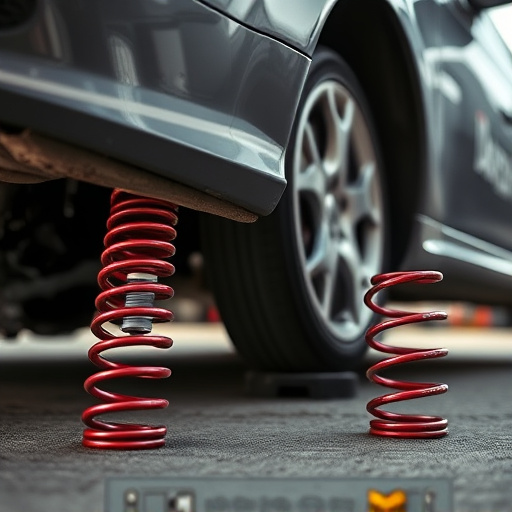
Auto rally parts are designed for off-road excellence, offering robust construction, advanced system…….
Welcome to an in-depth exploration of the world of auto rally parts, a critical component driving the high-octane performance and technological advancements seen in motorsport. This article aims to unravel the intricate details, historical evolution, and global impact of these specialized components, offering readers a comprehensive understanding of their role in shaping racing dynamics. From the racetrack to the cutting-edge engineering labs, auto rally parts are the unsung heroes that propel drivers to record speeds while pushing the boundaries of automotive technology.
Auto rally parts encompass a diverse range of specialized mechanical and electronic components designed to enhance vehicle performance in off-road racing events known as rallies. These parts are not merely upgrades but rather critical elements that transform ordinary cars into racing machines capable of navigating challenging terrains at breathtaking speeds. The core components include:
Engine and Drivetrain: High-performance engines, often turbocharged or supercharged, are the heart of rally cars. They require specialized tuning and components to handle the extreme demands of off-road driving. Advanced drivetrains, including all-wheel drive systems, ensure optimal traction on varied surfaces.
Suspension Systems: Rally cars demand exceptional suspension setups for stability and control. This includes adjustable coilovers, stiffer springs, and advanced shock absorbers to handle the abrupt changes in terrain while maintaining driver comfort.
Tires and Wheels: Custom-made tires with aggressive tread patterns are essential for traction on loose surfaces. Wheel designs vary, but lightweight wheels with improved aerodynamics contribute to better handling and reduced rolling resistance.
Braking Systems: High-performance braking systems, featuring larger brake calipers and specialized pads, enable drivers to slow down rapidly during descents and navigate tight corners safely.
Electronics and Telematics: Modern rally cars are equipped with advanced electronics for precision navigation and performance monitoring. This includes GPS tracking, engine management systems, and data logging devices that provide valuable insights for teams and drivers.
The historical evolution of auto rally parts is a testament to the relentless pursuit of speed and control. Over the years, technological advancements have led to lighter materials, more powerful engines, and sophisticated electronic controls, transforming rallies into highly competitive events that demand cutting-edge engineering.
The global auto rally parts market is a vibrant and dynamic industry with significant cultural and regional variations. Key trends shaping this sector include:
European Dominance: Europe, particularly countries like Germany, Italy, and France, has long been at the forefront of rally racing and part development. This region’s rich motorsport heritage has fostered a highly competitive environment, driving innovation in auto rally parts.
Asian Market Growth: Asia, especially Japan and South Korea, is emerging as a significant player. The popularity of rally events like the World Rally Championship (WRC) in these countries has led to increased investment in local part manufacturing and research.
North American Focus on Off-Road Racing: The United States and Canada are witnessing a rise in off-road racing, which has sparked interest in developing specialized auto rally parts. This trend is driven by the growing enthusiasm for extreme sports and outdoor adventures.
Sustainability and Eco-Friendly Parts: There is a growing emphasis on creating eco-friendly rally parts, with manufacturers exploring lightweight materials and energy-efficient technologies to reduce the environmental impact of racing events.
Integration of Advanced Electronics: The adoption of advanced electronics, such as driver aids, navigation systems, and data analytics, is transforming rally cars into highly intelligent machines, offering new opportunities for part manufacturers.
The auto rally parts market exhibits a unique blend of passion, innovation, and economic viability. Here’s an analysis of its economic aspects:
| Market Segment | Description | Growth Drivers |
|---|---|---|
| Engine Components | Includes turbos, superchargers, and specialized fuel injection systems. | Increasing demand for higher engine performance and efficiency. |
| Suspension Systems | Covers adjustable coilovers, shock absorbers, and suspension geometry components. | The need for better handling and precision in off-road racing. |
| Braking Solutions | Focuses on high-performance brake kits and cooling systems. | Enhanced safety requirements and driver demand for improved stopping power. |
| Electronics and Telematics | Encompasses GPS tracking devices, engine management units (EMUs), and data logging software. | Advancements in automotive technology and the need for real-time performance monitoring. |
| Wheels and Tires | Offers a range of custom wheels and tires tailored for different terrains. | Varied race surfaces and the desire for improved aerodynamic efficiency. |
The market dynamics are influenced by factors such as:
Auto rally parts have been at the forefront of technological innovation, driving the evolution of motorsport. Notable advancements include:
Hybrid and Electric Powertrains: The introduction of hybrid and electric rally cars is a significant shift, offering improved sustainability and performance. These vehicles utilize advanced battery technology and regenerative braking systems to reduce emissions while maintaining high speeds.
Aerodynamics and Aerodynamic Kits: Improved aerodynamic designs, including specialized body kits and spoilers, enhance downforce, enabling better cornering and stability at high speeds.
Advanced Materials: The use of lightweight composite materials, such as carbon fiber, reduces vehicle weight, resulting in improved acceleration and handling.
Real-Time Data Analytics: Modern telemetry systems provide teams with valuable data during races, allowing for precise adjustments and strategic decision-making. This technology offers a competitive edge and has become an integral part of rally team operations.
Autonomous Racing: While still in its infancy, the concept of autonomous rally cars is gaining traction. These vehicles use advanced sensors, cameras, and artificial intelligence to navigate courses independently, potentially revolutionizing the sport’s future.
The auto rally parts industry operates within a framework of stringent regulations aimed at ensuring safety, fair competition, and environmental sustainability. Key policies and regulatory bodies include:
FIA (Federation Internationale de l’Automobile): The governing body for international motorsport, FIA sets the rules and regulations for rallies, including technical specifications for vehicles and parts. They ensure compliance with safety standards and promote technological development.
Regional Motorsport Organizations: In various regions, organizations like the United States Automobile Club (USAC) or the European Rally Championship (ERC) oversee local rally events, implementing their own set of rules and regulations.
Safety Standards: Strict safety protocols govern the design and testing of auto rally parts. These standards include crash testing, fire protection, and driver safety equipment requirements.
Emissions Controls: Environmental regulations mandate that rally cars meet specific emissions standards, encouraging the development of cleaner technologies.
Intellectual Property Rights: Patents and intellectual property laws protect innovative part designs and technologies, fostering fair competition while incentivizing R&D.
Despite its allure and technological advancements, the auto rally parts industry faces several challenges and criticisms:
High Costs: Developing and purchasing state-of-the-art rally parts can be prohibitively expensive for smaller teams and enthusiasts, creating an accessibility gap.
Safety Concerns: As vehicles become faster and more powerful, ensuring driver and spectator safety remains a constant challenge. Continuous improvements in part design and testing procedures are necessary to mitigate risks.
Environmental Impact: The environmental footprint of rally events is a point of contention. Efforts to reduce waste, promote recycling, and develop eco-friendly parts are essential for the sport’s long-term sustainability.
Regulatory Complexity: Navigating a web of international and regional regulations can be complex for manufacturers and teams, requiring significant resources for compliance. Simplifying regulatory processes while maintaining safety standards is crucial.
Actionable Solutions:
The following case studies highlight the practical application of auto rally parts and their impact on performance and safety:
Case Study 1: The Evolution of Volkswagen’s Rally Cars
Volkswagen (VW) has made significant strides in rally car development, transforming its vehicles into competitive machines. Their recent focus on lightweight materials, advanced electronics, and hybrid powertrains has yielded impressive results. The VW Polo R WRC, for instance, achieved remarkable success in the World Rally Championship, demonstrating improved handling and fuel efficiency. VW’s investment in R&D has not only enhanced their rally car performance but also influenced their road car designs, offering a more dynamic driving experience.
Case Study 2: Safety Innovations by Subaru
Subaru, known for its all-wheel drive technology, has been at the forefront of safety innovations in rally cars. Their advanced driver aids and stability control systems have significantly reduced the risk of rollovers and crashes. The Subaru WRX STi, equipped with a sophisticated suspension system and high-performance brakes, has become a benchmark for rally car safety. Subaru’s commitment to R&D has resulted in continuous improvements, making their vehicles safer and more capable.
Case Study 3: Eco-Friendly Rally Cars by Ford
Ford has embraced the challenge of developing eco-friendly rally cars, introducing the Ford Fiesta EcoRally. This vehicle utilizes a small-displacement, high-efficiency engine, coupled with advanced regenerative braking technology. The Fiesta EcoRally demonstrates that performance and sustainability can go hand in hand, reducing emissions while maintaining competitive speeds. Ford’s approach has paved the way for other manufacturers to explore greener alternatives in rally racing.
The future of auto rally parts is filled with exciting possibilities as the industry continues to evolve and adapt to changing demands. Here are some key trends and strategic considerations:
Electric and Sustainable Racing: The shift towards electric and hybrid rally cars is expected to gain momentum, driven by environmental concerns and technological advancements. This trend will shape part design, focusing on lightweight materials, energy storage systems, and efficient propulsion technologies.
Advanced Driver Assistance Systems (ADAS): The integration of ADAS in rally cars will enhance safety and performance. Features like lane keep assist, adaptive cruise control, and automated braking will improve driver concentration and overall racing dynamics.
Data Analytics and Telematics: Real-time data analytics will play an even more significant role, allowing teams to optimize vehicle settings, predict mechanical failures, and make strategic decisions based on performance metrics.
Personalization and Customization: With growing technology accessibility, rally car owners and teams will have more options for customization, leading to unique part designs tailored to individual preferences and racing styles.
Global Collaboration: The industry will likely witness increased collaboration between manufacturers, teams, and regulatory bodies to establish global standards, ensuring fair competition while fostering innovation.
Auto rally parts are the lifeblood of motorsport, driving performance boundaries and inspiring technological innovations that often find their way into everyday vehicles. From the bustling rally stages around the world to cutting-edge engineering labs, these parts tell a story of passion, precision, and relentless pursuit of excellence. As the industry navigates challenges and embraces emerging trends, the future of auto rally parts promises exciting possibilities, ensuring that motorsport remains at the forefront of automotive technology.
Q: How do auto rally parts contribute to road car technology?
A: Auto rally parts often serve as testbeds for new technologies, with many innovations developed for high-performance racing eventually finding their way into production road cars. For example, advanced suspension systems, lightweight materials, and improved safety features in rally cars have influenced the design of everyday vehicles.
Q: What are some common safety considerations for auto rally parts?
A: Safety is paramount in rally racing. Key considerations include robust crash testing, fire-resistant materials, specialized safety cages, and advanced driver protection systems like roll bars, headrests, and impact-absorbing structures. Regular safety inspections and stringent regulatory compliance ensure the well-being of drivers and spectators.
Q: Can you explain the role of electronics in modern rally cars?
A: Electronics play a pivotal role in rally cars, offering precision navigation, real-time performance monitoring, and driver aids. GPS tracking devices, engine management systems, and data logging software provide valuable insights for teams. These advanced electronic systems enhance safety, improve performance, and enable strategic decision-making during races.
Q: How do environmental concerns impact auto rally parts?
A: Environmental sustainability is a growing focus in the industry. Manufacturers are exploring eco-friendly materials, energy-efficient technologies, and waste reduction strategies to minimize the ecological footprint of rally events. The development of hybrid and electric rally cars is a significant step towards greener motorsport.
Q: What are some challenges faced by small teams in accessing high-performance auto rally parts?
A: Small teams often struggle with affordability and accessibility when it comes to high-end rally parts. Costly R&D and manufacturing processes can make state-of-the-art components out of reach for budget-constrained teams. Collaboration, cost-sharing, and standardized parts solutions can help address these challenges.

Auto rally parts are designed for off-road excellence, offering robust construction, advanced system…….
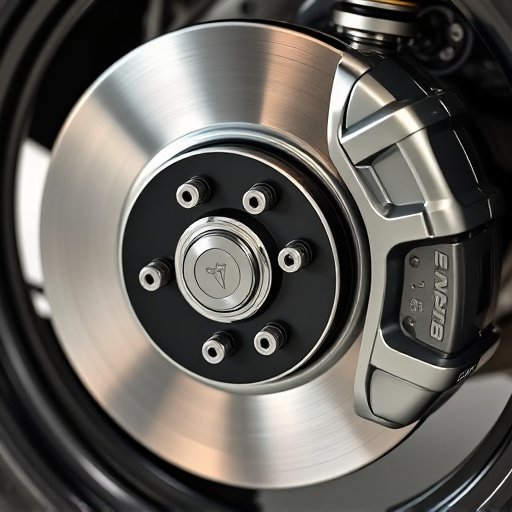
Auto rally parts transform cars, boosting performance and aesthetics on road and off. From exhausts…….
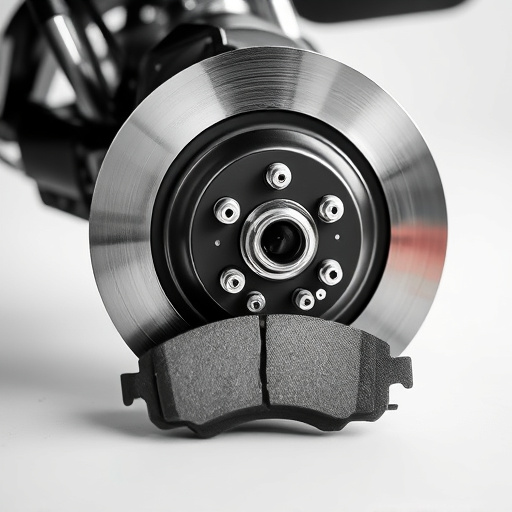
Auto rally parts, including high-performance exhaust systems, advanced intakes, and critical brake c…….
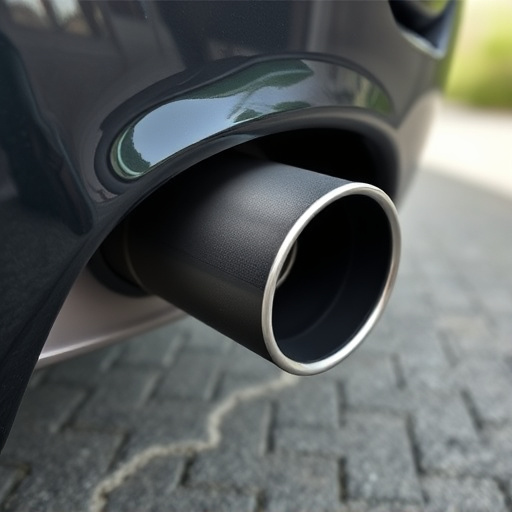
Auto rally parts, designed for rugged conditions, require regular inspections and replacements to ma…….
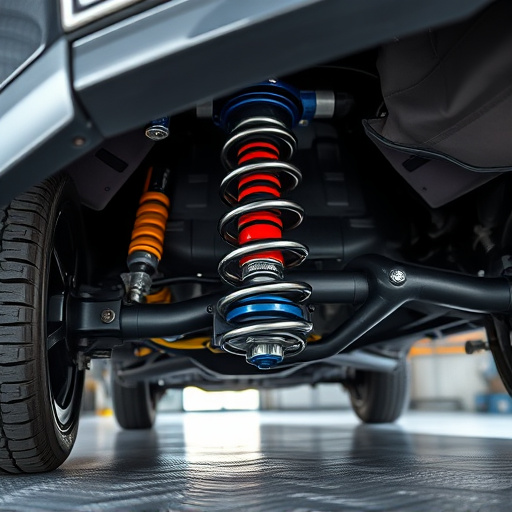
Mastering auto rally performance and safety requires understanding crucial components like exhaust s…….
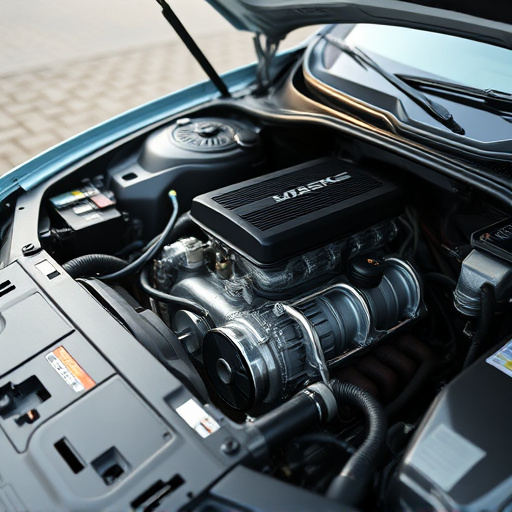
Auto rally parts are specialized components designed for off-road racing events, featuring reinforce…….
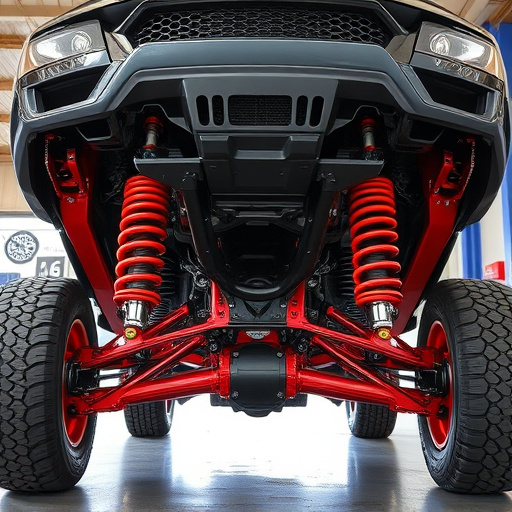
Auto rally parts, including exhaust tips, suspension kits, and air filters, enhance off-road racing…….
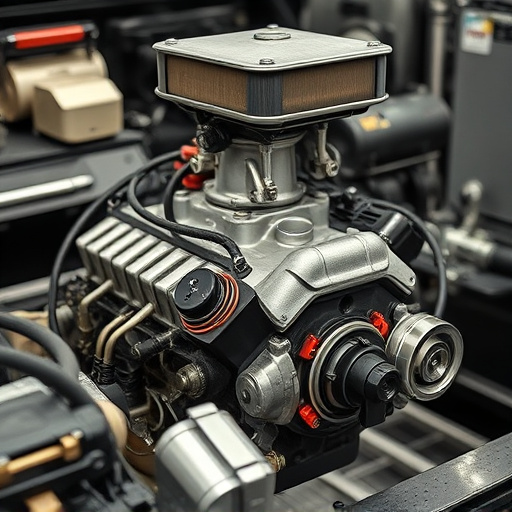
Auto rally parts are tailored for off-road racing, demanding durability, speed, and maneuverability……..